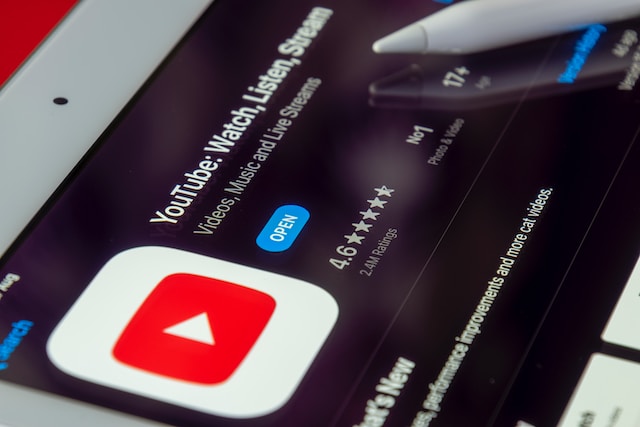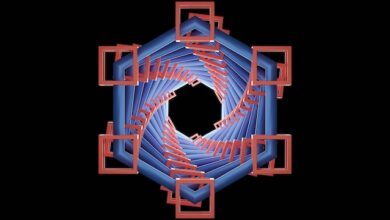You Could Soon Use Your Phone Camera to Find YouTube Videos

In a rapidly evolving digital landscape, YouTube remains at the forefront of innovation. The platform’s latest development aims to revolutionize how users discover content: soon, you might be able to use your phone camera to find YouTube videos. This feature, leveraging advancements in visual search technology, promises to enhance user experience by bridging the gap between the physical and digital worlds. This comprehensive article delves into the details of this upcoming feature, its potential impact, and the broader implications for YouTube and its users.
The New Visual Search Feature
YouTube’s new visual search feature allows users to search for videos by pointing their phone camera at objects or scenes. Here’s how it works:
- Camera Integration: Users can open the YouTube app and access the camera feature, similar to how they might use Google Lens. By pointing their camera at an object, the app will analyze the visual data.
- Visual Recognition: Using advanced machine learning and AI, the app will identify the object or scene. It can recognize a wide range of items, from everyday objects like books and food items to complex scenes like landmarks or events.
- Content Matching: Once the object or scene is identified, YouTube’s algorithm will search its vast database for relevant videos. These could include product reviews, how-to tutorials, related vlogs, or any other content that matches the visual input.
- Results Display: The app will then display a list of videos related to the identified object or scene, allowing users to watch content that directly correlates with what they see in the real world.
Potential Impact on User Experience
The introduction of visual search on YouTube can significantly enhance the user experience in several ways:
- Intuitive Search: Visual search is more intuitive than typing keywords, especially for objects or scenes that are difficult to describe. It simplifies the search process, making it more accessible and user-friendly.
- Discovery of Relevant Content: Users can discover videos that are more accurately aligned with their interests or needs. For instance, pointing the camera at a piece of tech can instantly bring up reviews or unboxing videos, providing immediate value.
- Enhanced Engagement: By making content discovery easier and more interactive, visual search can increase user engagement. Users might spend more time on the platform, exploring videos related to their immediate environment.
- Educational Value: Visual search can be a powerful educational tool. Students can point their cameras at various objects or scenes to find educational videos, making learning more interactive and engaging.
Technological Foundation
The visual search feature leverages several cutting-edge technologies:
- Artificial Intelligence and Machine Learning: AI and machine learning algorithms are at the core of visual recognition. These technologies enable the app to accurately identify objects and scenes from visual input.
- Computer Vision: Computer vision technology allows the YouTube app to process and analyze visual data from the camera in real-time, recognizing shapes, patterns, and specific items.
- Natural Language Processing (NLP): NLP helps in understanding and processing the context of the identified objects or scenes, ensuring the search results are relevant and accurate.
- Cloud Computing: Powerful cloud computing resources are necessary to process the vast amount of visual data and search the extensive YouTube video database quickly and efficiently.
Broader Implications for YouTube and Content Creators
The visual search feature could have far-reaching implications for both YouTube and its content creators:
- Increased Traffic and Watch Time: By making content more discoverable, visual search could lead to an increase in traffic and watch time on the platform. Users are likely to watch more videos that are relevant to their immediate interests.
- Content Optimization: Content creators may need to optimize their videos for visual search. This could involve focusing on clear visuals, detailed thumbnails, and relevant metadata to ensure their content is easily discoverable through the new feature.
- New Content Opportunities: The feature could inspire new types of content that cater specifically to visual search. For example, creators might produce more visual-centric videos that are designed to be discovered through this tool.
- Advertising and E-Commerce: Visual search opens up new possibilities for advertising and e-commerce. Brands can create visually appealing ads that are easily discoverable through the camera feature, potentially driving higher engagement and sales.
Privacy and Ethical Considerations
With the introduction of any new technology, especially one involving cameras and AI, privacy and ethical considerations are paramount:
- Data Privacy: Users might be concerned about how their visual data is used and stored. YouTube will need to ensure robust data privacy policies and transparent practices to build trust with users.
- Security: Protecting the visual data from misuse or unauthorized access is critical. YouTube must implement stringent security measures to safeguard user information.
- Bias and Accuracy: Ensuring the AI and machine learning algorithms are unbiased and accurate is crucial. Misidentifications or biases in visual recognition can lead to incorrect or unfair search results.
- User Consent: Obtaining clear user consent before accessing the camera and using visual data is essential. Users should have control over their data and the option to opt out if they choose.
Conclusion
The upcoming visual search feature on YouTube represents a significant step forward in how users interact with digital content. By allowing users to find videos using their phone cameras, YouTube is making content discovery more intuitive, engaging, and relevant. While there are challenges to address, particularly around privacy and security, the potential benefits for user experience and content engagement are substantial. As YouTube continues to innovate, this new feature could set a new standard for interactive and visual content discovery in the digital age.




